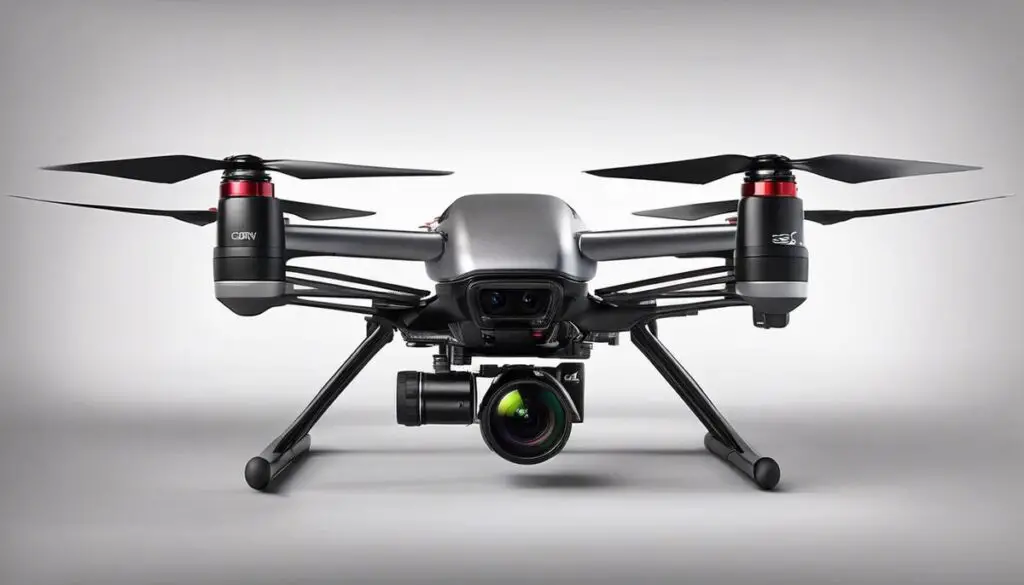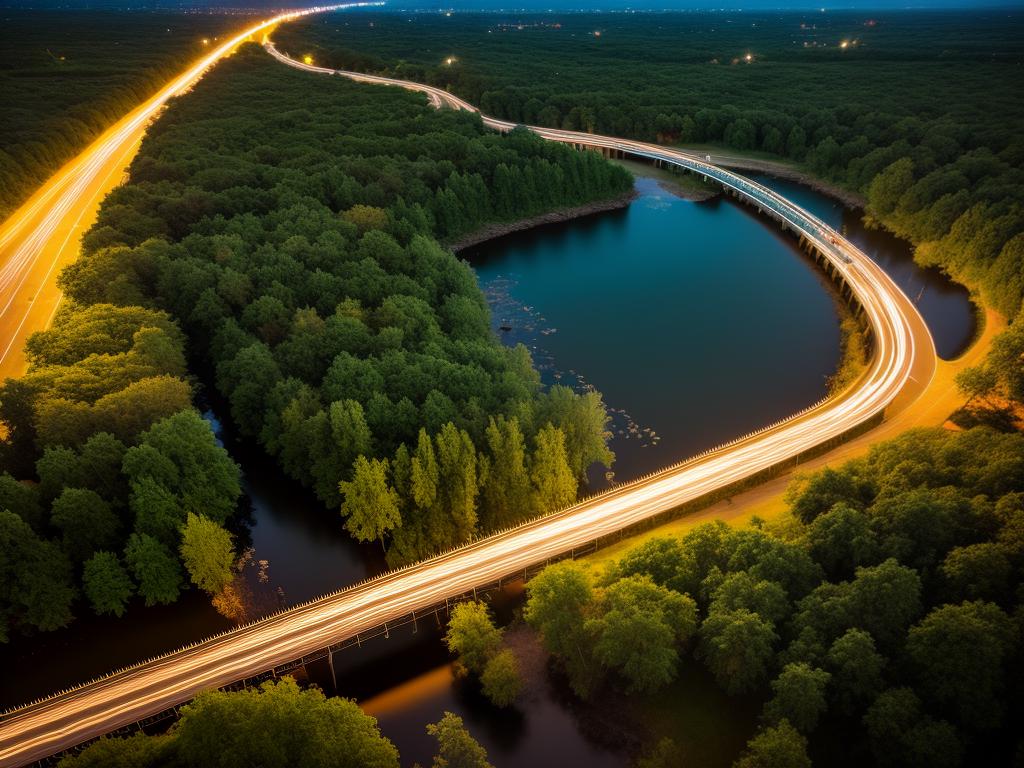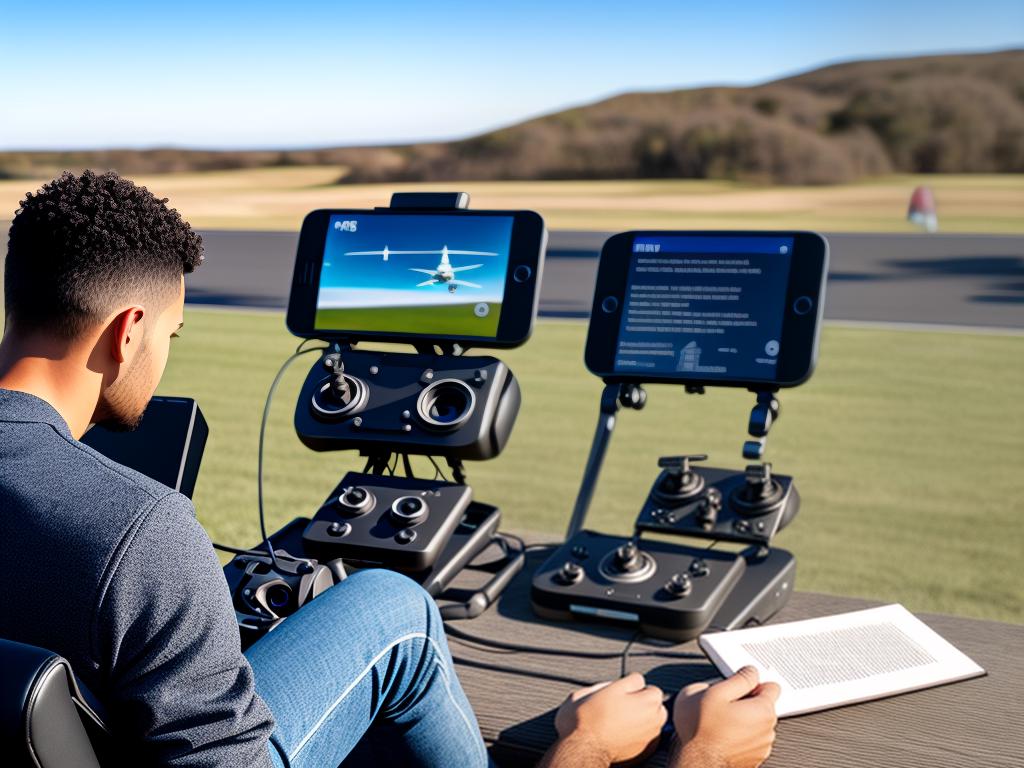Imagine experiencing the thrill of flight from the cockpit of a drone, whizzing past landscapes, looking down on earth from heights, all while staying firmly on the ground. Welcome to the world of First-person view (FPV) drone technology, a rapidly evolving field that combines the power of aerospace engineering, robotics, and high-definition videography. This technological marvel is pushing the boundaries of what’s possible in fields as diverse as entertainment, agriculture, wildlife conservation, and sports. The aim of this exploration is to dive deep into the meteoric rise of FPV drone technology, the mechanics that drive it, its applications across industries, and the legal and ethical concerns surrounding its use. As we embark on this journey, it is essential to understand not only the technological advancements but also how they are shaping our world.
The Evolution of FPV Drone Technology
Gone are the days of remote-controlled planes and helicopters. Taking over the skies with their unrivaled speed, maneuverability, and high-tech equipment, FPV (First-Person View) drones are not just a gadget for the tech-enthusiast; they’re a game changer. The FPV drone is constantly evolving, thanks to tireless technological advancements, innovations, and a thrillingly immersive user experience.
FPV drone technology has roots in the early 2000s when hobbyists played with radio-controlled (RC) aircraft. But one could argue that FPV technology truly started to take off in 2010, with the advent of smartphone-controlled drones. These machines, albeit less sophisticated, allowed users to steer remotely from an eagle-eyed view using a smartphone app.
Fast forward to today, and FPV drones are artworks of technology. They offer unparalleled visuals, incredible speed, and mind-boggling agility, thanks to substantial improvements in materials, software, and hardware.
In terms of hardware, today’s FPV drones embody miniaturization at its technological apex. Microprocessors are getting smaller and faster while batteries are getting lighter and more efficient. These advancements mean our drones can fly longer, further, and more nimbly than ever before.
The advent of HD video transmission technology was another major milestone. Early FPV systems relayed grainy, lag-filled video feeds but current drones offer real-time, high-definition video feeds! Racing through the air takes on a whole new level of exhilarity when you can see what your drone sees, crisp and clear.
Moreover, improvements in remote controllers and goggle displays put you right in the cockpit, taking immersion to the stratosphere. From toggle switches and joysticks to high-resolution display goggles, the interface remains user-friendly to help enthusiasts navigate the sky with exact precision.
Simultaneous to these hardware advancements, software improvements have also changed the game. We now have smarter, more adaptable flight control systems equipped with artificial intelligence. These systems can stabilize flight, prevent crashes, and even autopilot the drone.
Now, if we gaze into the crystal ball of FPV drones’ future, the sky seems to be the limit. The rise of AI is likely to reach new heights. Drones might become more autonomous, capable of complex maneuvering and obstacle detection without needing a human pilot.
There’s also a hint of quantum computing’s influence creeping into the scene. Although still in its infancy, the quantum revolution promises rapid data processing and optimization. In a quantum-powered drone, flight efficiency, video feed processing, and even drone-to-drone communication could reach new speeds.
Wi-Fi 6 and 5G connections might also play a significant role. They could vastly improve data transfer speeds, reduce latency, and even allow FPV drones to fly away beyond the current limits.
Finally, the integration of mixed reality (MR) technology offers a tantalizing vista. MR could allow FPV pilots to navigate via augmented overlays, turning drone racing into an altogether different beast.
The future of FPV drones is nothing short of exciting, with potential developments that could make them faster, smarter, and more immersive. As technology never ceases to amaze us, FPV drones stand testament to the endless possibilities heartbeat away.
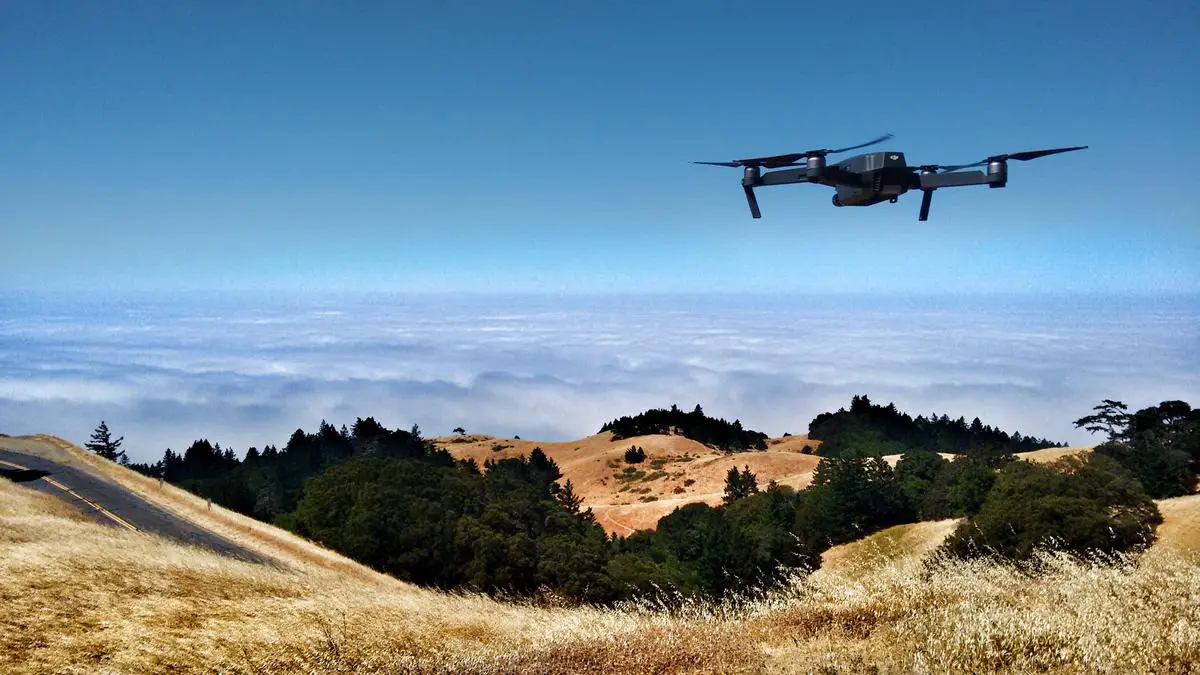
Analyzing the Mechanics of FPV Drone Footage
Moving deeper into the technology behind FPV drones, it’s clear that what significantly contributes to their superior footage quality and stability are the high precision gyro-stabilizers and advanced tracking systems. Without these key tech elements, achieving high-definition, stable footage with FPV drones would be near impossible.
Gyro-stabilizers ensure that even when the drone is buffeted by wind or changing its altitude, the camera remains steady. Integrating 3-axis stabilization, these gyroscopes keep the drone’s camera level relative to the ground despite multiple unpredictable factors. This guarantees that sudden movements or speed changes will not affect the quality of the footage, resulting in professional-grade videos even under the most challenging circumstances.
Within the realm of tracking systems, GPS modules have become increasingly accurate and responsive, unlocking the possibility for drones to follow a prefixed path with precision. Coupled with intelligent software, these modules enable FPV drones to smartly avoid obstacles and stick to the predefined route. This combo can lead to stunning, smooth, and cinematic footage that other cameras simply cannot achieve. The video tracking system also plays a distinct part in assuring quality. With facial recognition and object tracking capabilities, the camera precisely follows and focuses on the subject, thus making dynamic and fast-paced shots more elegant and visually appealing.
Meanwhile, the role of propulsion systems cannot be overlooked. The strength and efficiency of a drone’s motors greatly influence how much control you possess over its flight, and subsequently, the resulting video’s smoothness. Modern FPV drones are built with powerful brushless motors which offer longer lifespans, fewer maintenance issues, better speed control, and a superior power-to-weight ratio compared to brushed motors, thus advancing the stability of footage.
In conclusion, components like gyro-stabilizers, advanced tracking systems, and quality propulsion systems certainly play pivotal roles in enhancing the quality and stability of FPV drone footage. As technology keeps charging ahead with innovation, there’s no telling what new advancements we’ll witness that will elevate FPV drone capabilities to even greater heights. Rest assured, it’s an exciting time to be in the midst of this technological renaissance.
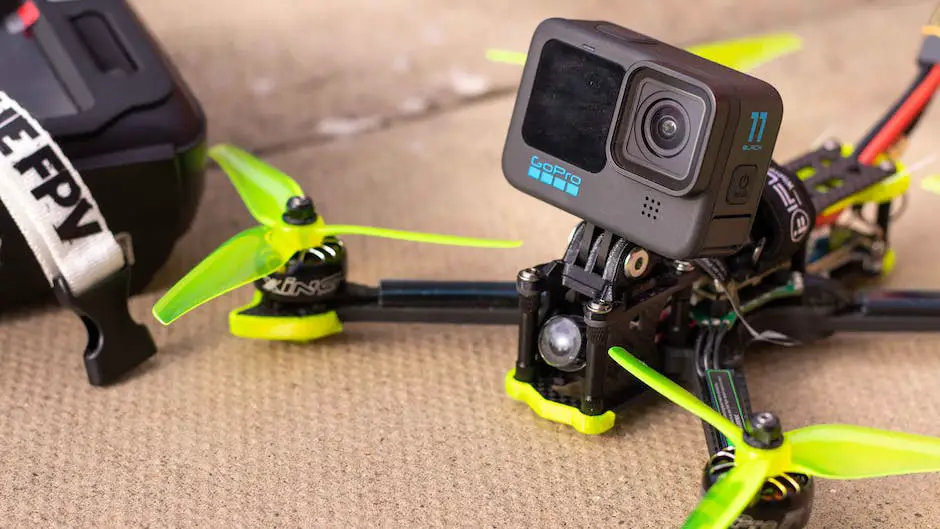
Understanding the Applications of FPV Drone Footage
Drilling into the transformative stride that FPV drones have made, an array of sectors have reaped consequential returns. Exponential growth and subsequent evolution enable FPV drone technology to pave the way for an enhanced workflow, characterized by time and cost-efficiency.
Zoom in on the realm of cinematography and you’ll find FPV drones to be game-changers. They’ve revolutionized the way filmmakers capture moving images, allowing for intricate high-definition aerial shots once deemed impossible. Let’s not downsize the fact that these drones have made high-production value accessible to indie filmmakers too. Harnessing the power of FPV drones, they’ve substantially raised the bar of visual storytelling and cinematic impact.
How about the sphere of real estate? Video walkthroughs offer prospective buyers a virtual tour of the property. But FPV drone coverage introduces an elevated viewpoint to homebuyers, gracefully flying over the property, presenting a panoramic view, and generating compelling engagement.
The realm of agriculture has also seen noteworthy benefits. Farmers now implement FPV drones for crop monitoring, leveraging on aerial images to identify disease outbreaks, monitor irrigation, and gauge crop readiness. The application of FPV drones aids in predicting yields, hence reducing guesswork and increasing productivity.
Picture the realm of search and rescue operations. The efficiency of FPV drones revolutionizes these significant functions. Going where humans cannot, these ‘heroes of the sky,’ facilitate rapid search operations, especially in challenging terrains. They also offer invaluable aerial insights for firefighting, giving a bird’s eye view to assess and strategize responses effectively.
Sporting events, too, bank on drone technology. A bird’s-eye perspective offers an unrivaled vantage point for spectators and commentators alike. They allow closer proximity to intense action- a convergence of drama and dynamics, marking a new phase in sports broadcasting.
Building inspections, wildlife conservation, powerline inspections, shipping and delivery, extreme sports videography, the list goes on. Spanning diverse sectors, the momentous impact of FPV drones camouflage the complexities behind their technological aesthetics, rigor, and function.
However, the tactical integration of FPV drones does not come without challenges. Privacy concerns, regulatory issues, and public safety are potential roadblocks in the pathway of drone technology. But one might argue, that the tools are benign; it’s the scope of application that calls for scrutiny. Here’s to a future where these concerns could be addressed appropriately, letting the realm of FPV drones soar to unmatched heights.
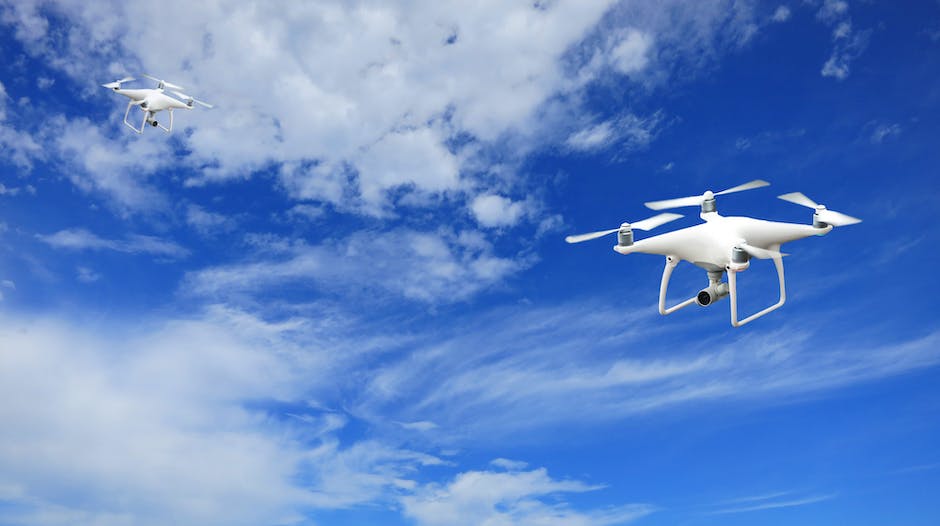
Navigating Legal and Ethical Considerations of FPV Drone Use
Transitioning from the awe-inspiring potentialities of FPV drone technology, it’s essential to pivot towards the legal and ethical considerations accompanying it. Ensuring responsible operation of these high-tech birds not only projects a positive image of the tech but also guarantees the safety and privacy of members of the public.
A cardinal federal guideline to imbibe by drone pilots in the U.S is the FAA’s Special Rule for Model Aircraft, which dictates that drones should not be flown higher than 400 feet, within three miles of an airport, or in restricted airspace. Pilots must also maintain a visual line of sight with the drone at all times.
For those looking to fly FPV drones for commercial purposes, they would need to acquire a Part 107 Remote Pilot Certificate, as per the FAA. Exploring elements beyond flight proficiency, the certification exam often tests one’s knowledge of airspace classifications, emergency procedures, and radio communication protocols.
On the ethical front, one prominent directive revolves around respect for citizens’ privacy rights. To this end, drone pilots should avoid filming sensitive areas like homes and private properties without explicit consent, thus sidestepping any infringement on individuals’ personal space.
Public safety is a critical concern too. Irrespective of the automated intelligence imbued in drones, control during navigation should be exercised meticulously. Pilots should avoid flying over large groups of people or congested areas. This reduces risks tied to accidental hardware failure or unforeseeable control loss scenarios.
It’s also necessary to consider the implications of sound pollution. FPV drones, particularly those with brushed motors, generate noise which, while seemingly negligible, can have a disruptive effect on wildlife and surrounding inhabitants. Measures such as limiting flights during quiet hours and avoiding areas of dense wildlife can contribute towards an ethically considered operation.
Understanding that FPV drones are seen as flying cameras can help in understanding the ethics around using them. Misuse of this capability can lead to breaches of privacy, creating distrust in the technology. As enthusiasts, our aim should be to promote FPV drones as powerful tools for innovation rather than invasive spying devices.
The myriad potentials of FPV drone technology are matched by a host of legal and ethical considerations. For enthusiasts and professionals alike, compliance with these guidelines charts the course for responsible utilization of this transformative tech.

The world of First-person view (FPV) drone technology is intriguing, dynamic, and continually breaking barriers. It’s not just about high-end videography; it is a revolutionary tool transforming business operations and leisure activities. Understanding the intricacies of this technology, its historical evolution, the mechanics of drone footage, and its various applications reveals its significant impact. However, with such powerful technology comes an equal need for discipline, responsibility, and understanding of legal and ethical guidelines. As FPV drones continue to challenge norms and redefine parameters, it’s clear that the sky is not the limit anymore; it’s just the beginning.
Originally posted 2023-12-30 02:05:22.

